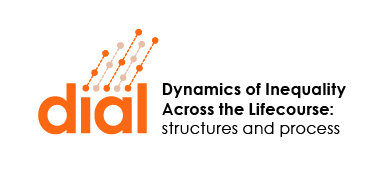This paper investigates the wage penalties and premiums for parents and how they play out over their lives depending on how many children they have and their race and gender.
The research uses data from the National Longitudinal Survey of Youth (NLSY79 and NLSY97) to map parenthood wage gaps for men and women aged 20-45 and shows that white mothers in their late twenties with two/three or more children earned 20-30 percent less than their childless peers and that this penalty lasted until they were in their mid forties.
Black women with three and more children earned around 20 percent with the penalty concentrated in a brief age window around 30, whilst for Hispanic women the pay penalty was 25 percent but again concentrated around the same age as Black women.
Penalties for mothers with one child were considerably smaller. At age 30, white women with one child earn roughly 11 percent less than childless white women, while Black and Hispanic women with one child earn around 15 percent less than their peers. However, these one-child motherhood wage penalties dissipated by age 45.
The findings show that wage gaps for parents are concentrated in brief periods of the life course. Enduring penalties only occur for white mothers with many children, which, the researchers say indicates their advantage compared to women of colour, because the comparison is with the high earnings of childless white women, which are unattainable for childless women of colour. White mothers with many children also tend to enjoy higher household incomes compared to their Black and Hispanic peers, decreasing the economic pressure to earn their own income.
Men with two children earned more than their childless peers. For white men the figure was 50 percent more, dropping to 18 percent for Black men and 10 percent for Hispanic men. These premiums evened out over time and disappeared after the age of 30.
The authors say the research demonstrates the importance of life course timing for motherhood wage penalties and fatherhood wage premiums for different family sizes across racial groups and indicate a need to dig deeper into what else might be at play such as discrimination, work and family preferences, or access to affordable childcare.
